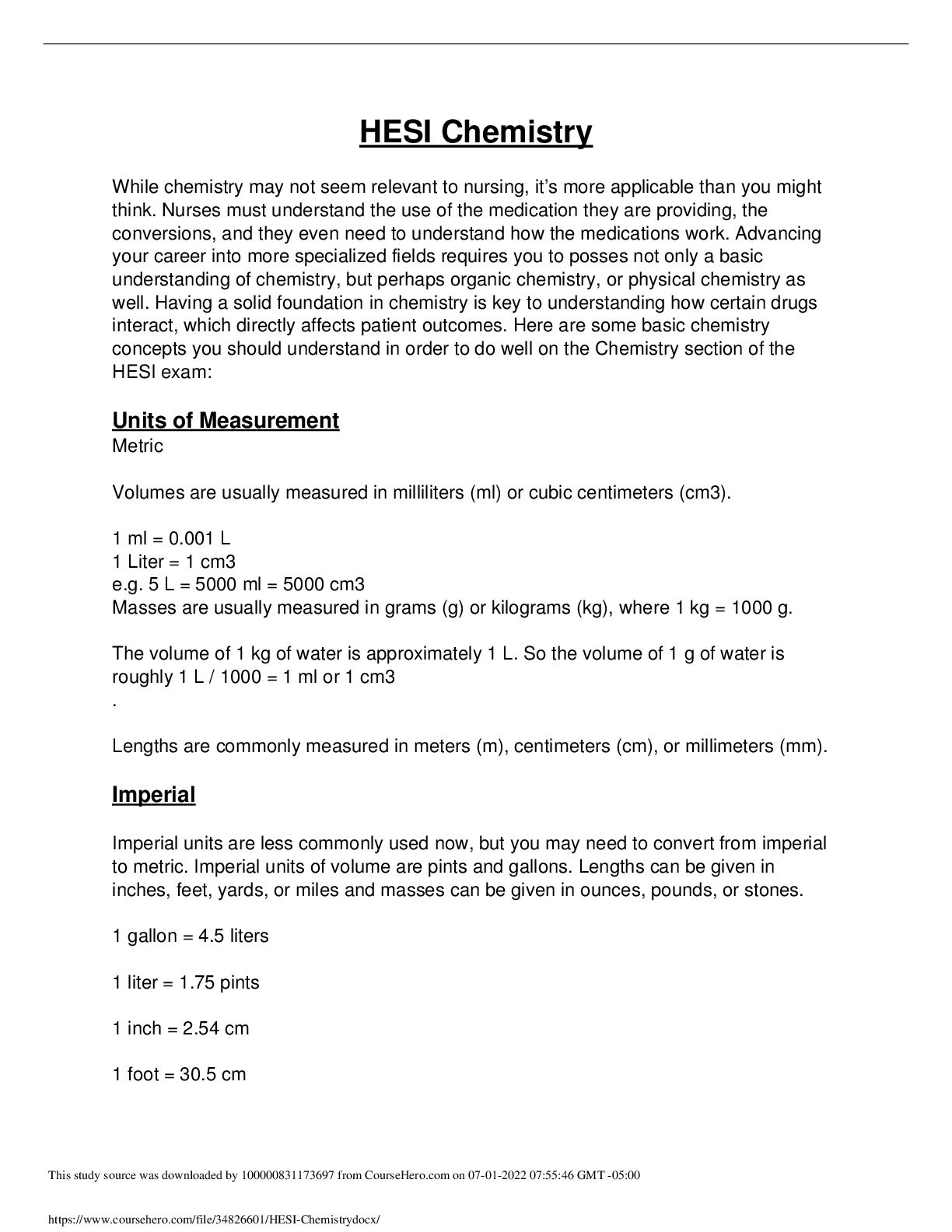HESI Chemistry: study guide
Course
English
Subject
Chemistry
Category
Study Guide
Pages
4
Uploaded By
ATIPROS
Preview 1 out of 4 Pages


Download all 4 pages for $ 3.50
Reviews (0)
$3.50
